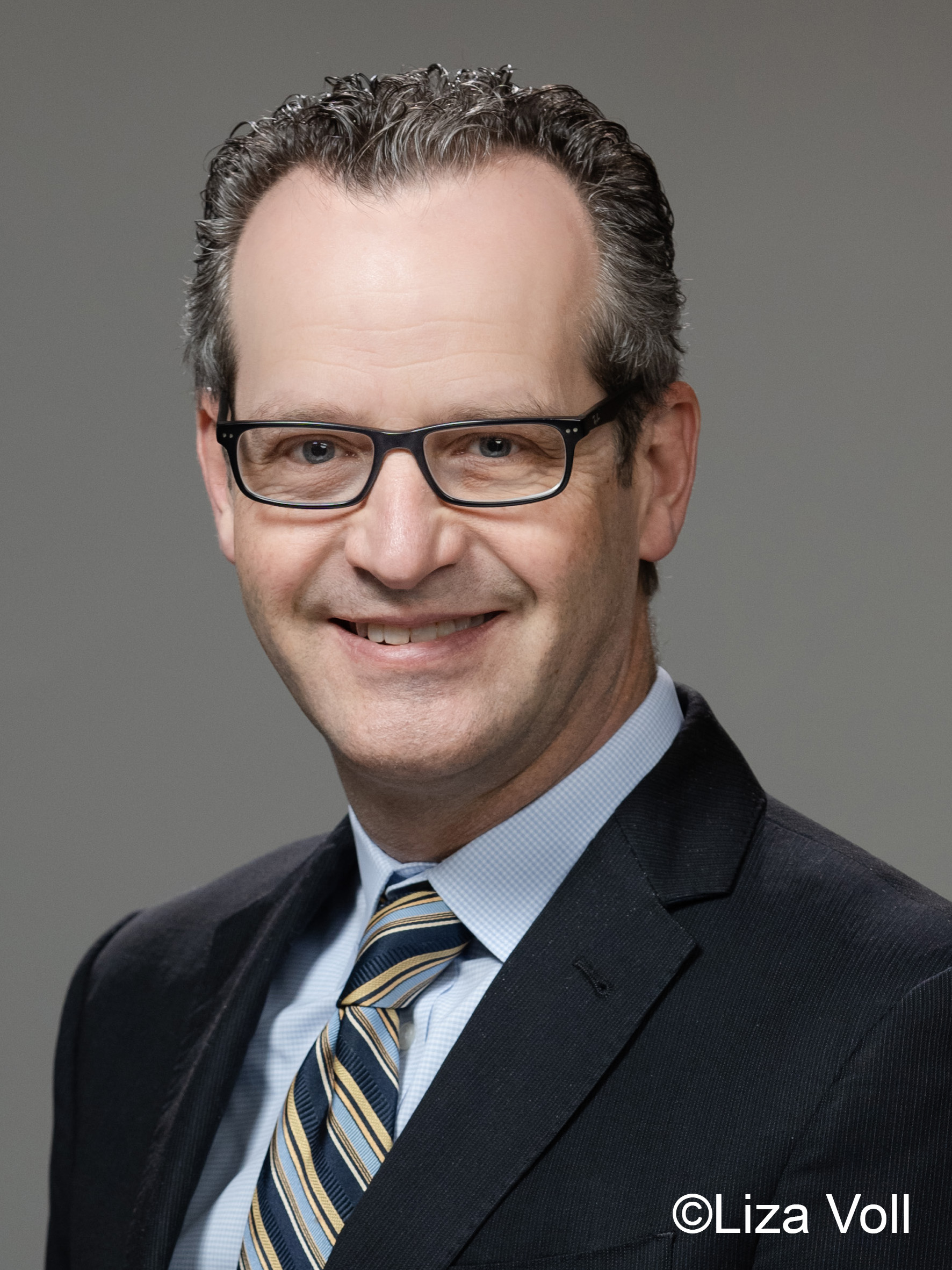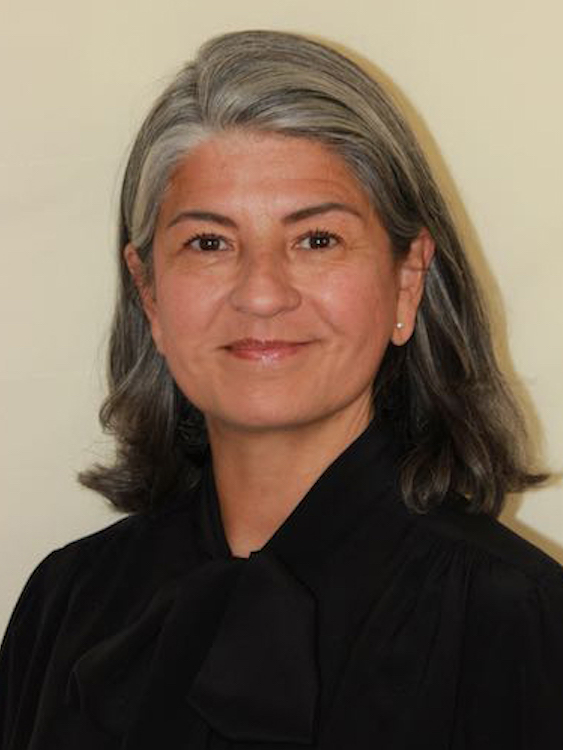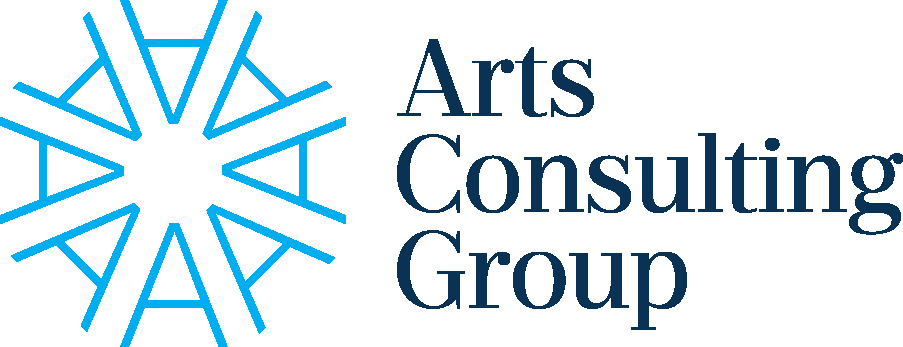Recent Trends in Philanthropic Giving:
An Annual Report on Key Metrics in the
United States and Canada
The close of an organization’s fiscal year is an ideal moment to take a hard, data‑driven look at fundraising performance. Even when economic or social turbulence clouds the horizon, arts and culture institutions benefit from grounding their plans in rigorous research on the broader philanthropic climate—locally, nationally, and globally. This edition of Arts Insights distills the headline findings from Giving USA 2025: The Annual Report on Philanthropy for the Year 2024 and other leading sources, offering benchmarks that illuminate how giving to arts and culture compares with overall nonprofit trends.
Overall Charitable Giving
Giving USA 2025, the definitive annual study produced by the Giving USA Foundation and researched by the Indiana University Lilly Family School of Philanthropy, estimates that Americans donated approximately $592.5 billion to charitable causes in 2024. This figure marks a 6.3% increase in current dollars, or 3.3% after adjusting for inflation, establishing a new high‑water mark for total giving. Strengthened by a robust stock market and steady gross domestic product (GDP) growth, both individual and corporate donors expanded their contributions, reaffirming their pivotal role in the nonprofit ecosystem.
All recipient subsectors experienced nominal growth. When inflation is considered, seven of the nine categories still registered real gains, while giving to foundations held essentially flat, and giving to religious organizations slipped slightly. Crucially, 2024 represents the first year since 2021 in which total giving grew faster than inflation—a signal that donor confidence is rebounding after a period of economic headwinds.
Growth in 2024 parallels the 40-year average (5.5% in current dollars, 2.7% in real terms), underscoring the resilience of American philanthropy. As Wendy McGrady, Chair of the Giving USA Foundation, notes, “Total giving in 2024 reached record levels in current dollars and grew at a rate consistent with long‑term trends clear evidence of Americans’ enduring generosity and the value they place on nonprofit work.” Amir Pasic, Dean of the Lilly Family School of Philanthropy, echoes this point, emphasizing that “the role of the individual donor cannot be overstated” in sustaining the sector’s momentum.
For arts and culture organizations, these findings reinforce the importance of cultivating strong relationships with individual supporters, diversifying revenue streams, and maintaining data‑informed strategies that can withstand inflationary pressures. With charitable giving once again outpacing inflation and aligning with historic growth patterns, the sector has solid ground on which to build ambitious yet realistic development goals in the year ahead.

Arts and Culture Giving Increased
According to Giving USA 2025: The Annual Report on Philanthropy for the Year 2024, total estimated charitable giving in the United States reached an all-time high of $592.50 billion in 2024, up from $557.16 billion in 2023. This marks a 6.3% increase in current dollars, and a 3.3% increase when adjusted for inflation, signaling a return to real growth after several years of inflation-eroded gains. All four major sources of giving, individuals, foundations, bequests, and corporations grew in current dollars. However, only individual and corporate giving showed real growth after accounting for inflation, with bequests declining slightly and foundation giving remaining essentially flat. Individual giving remained the largest share of the total, accounting for $392.45 billion, or 66% of all charitable contributions, while foundation giving totaled $109.81 billion (19%), and corporate giving hit a record $44.40 billion (8%). Bequest giving declined to $45.84 billion, maintaining an 8% share of overall giving despite the drop. Notably, seven of nine charitable subsectors experienced real growth in 2024, with four reaching inflation-adjusted record highs, including arts, culture, and humanities, which received $25.13 billion, representing a 9.5% increase in current dollars and a 6.4% increase when adjusted for inflation.
The charts that follow provide a deeper look at the distribution of philanthropic dollars by source and recipient category, including multi-year comparisons that reflect broader shifts in donor behavior and sector performance.

The complete report contains detailed data analysis and is available for purchase through the site in several formats.
Giving Trends in Canada
The Giving Report 2025 from CanadaHelps noted the following Canadian giving trends in 2024:
CanadaHelps – The Giving Report 2025 signals both resilience and recalibration in Canada’s charitable sector. Donations processed through CanadaHelps rose 7% in 2024 to $482 million, with a 10% increase in average gift size, continuing a trend where overall dollars grow even as donor participation narrows. This follows a landmark year in 2023, when tax filer data revealed $12.8 billion in total charitable contributions, the largest year-over-year increase in more than a decade. Notably, this growth is being fueled less by donor recovery and more by deepened commitments from major contributors. The 18% decline in donor counts since 2020, despite rising donation volumes—reinforces a widening gap between donor engagement and sector revenue.
The data also reflect the volatility of giving channels. A 2024 Canada Post strike disrupted critical year-end mail campaigns, resulting in an estimated $266 million loss. Yet, digital platforms absorbed part of the shock, with CanadaHelps seeing a $13 million increase as some donors shifted online. Early 2025 giving surged 24%, with average gifts up 13%, thanks in large part to a one-time extension of the charitable tax credit deadline, which tripled donations on February 28 compared to the previous year. These swings highlight how policy changes and infrastructure limitations can quickly reshape giving patterns.
For organizations, the strategic imperative is clear: building resilient, donor-centric digital infrastructure is now mission-critical. Investments in accessible, seamless digital giving experiences not only safeguard against disruption but also position organizations to capitalize on episodic opportunities and re-engage lapsed or occasional donors. While early 2025 offers cautious optimism, a potential rebound in both donor counts and gift size, sustained growth will depend on the sector’s ability to adapt to behavioral shifts, mitigate external risks, and cultivate long-term donor trust in an increasingly digital philanthropic environment.
Strategic Revenue Priorities for the Year Ahead
The Giving USA 2025 report confirms a return to real growth in charitable giving, with total contributions reaching a record $592.5 billion in 2024. While this signals renewed donor confidence, it also underscores shifting patterns that require thoughtful adaptation. Based on current trends, the following strategies can support revenue growth:
Prioritize Retention and Deepen Donor Engagement
Individual giving continues to make up the largest share of charitable contributions, but the number of people giving is steadily declining. This dynamic reinforces the importance of building meaningful, sustained relationships with current supporters. Now is the time to revisit stewardship strategies, emphasize impact storytelling, and create tailored touchpoints that reinforce a donor’s ongoing connection to the mission.
Reframe Corporate Partnerships for Long-Term Alignment
Corporate giving reached historic levels in 2024, buoyed by strong economic performance. Arts and culture organizations are uniquely positioned to offer high-visibility opportunities for companies looking to align with community, creativity, and equity. Strong partnership strategies will move beyond sponsorship to shared value, emphasizing collaboration, employee engagement, and sustained impact.
Invite Long-Term Giving Conversations with Established Supporters
While giving grew overall, planned or future-oriented contributions saw a decline, largely because many individuals have not formalized their charitable intentions. Organizations can play an important role in normalizing these conversations by offering tools, resources, and relationship-centered messaging that help supporters envision their long-term impact. Whether through naming opportunities, donor recognition, or storytelling, these efforts should meet donors where they are and grow organically from trust.
It is vital that arts and culture organizations create strong philanthropic cultures and communication strategies with donors and prospects, particularly as the funding landscape evolves in response to the pandemic. Part of that effort is focused on the inclusion of both hard and soft data when developing solicitation strategies. While it is critical to examine the quantifiable facts, such as where and how much donors give, a review of the softer data related to specific donor relationships and interests is crucial.
Arts and culture organizations should use data to ask their donors deeper questions about their concerns, listening carefully over time to ensure a clear understanding of the impacts they seek prior to asking for a contribution. A focus on their motivation for giving, connection to the organization, and culture of philanthropy in their household or business will deepen the interpersonal relationships with those donors. Considering the recency and frequency of previous contributions, as well as their specific personal and professional circumstances, will best inform their current capacity for ongoing financial support. This information, along with proper quantitative donor research, provides significant insights that can build stronger relationships with donors and result in relatively stable contributed revenues as arts and culture organizations scale their programs and operations to adapt during a time of social and economic uncertainty.
Meet the ACG Revenue Enhancement Team
 Todd M. Ahrens, Vice President
Todd M. Ahrens, Vice President
Chicago, Illinois
Todd M. Ahrens (he/him/his) has 30 years of nonprofit experience in the arts, museums, and education sectors, including 15 years in senior-level management positions. In addition to his extensive experience organizing and leading capital and endowment campaigns, his areas of expertise include major and planned gifts, corporate sponsorship, memberships, and grants. He is experienced in revitalizing earned revenue streams, including subscriptions, retail sales, and facility rentals, as well as with marketing, communication, and branding strategies. Since joining the firm, he has provided invaluable support to clients and the field in identifying gifted leaders and strategically advancing capital campaigns and revenue enhancement strategies. Prior to joining ACG, Ahrens spent two tenures with the Toledo Museum of Art. He was involved in a $75 million capital campaign to build a new building and sculpture garden, and later led a $40 million endowment campaign. Additionally, Ahrens developed new strategies to engage art collectors and nearly doubled the number of members in the museum’s acquisition society, providing more than $500,000 annually for art acquisitions. Ahrens has worked in the education sector as Director of Leadership Gifts at the University of Findlay, Director of Advancement at St. John’s Jesuit High School & Academy, and Director of Development for the University of Michigan Museum of Art where he led a $40 million campaign for art. He began his career in the arts at the Chicago Symphony Orchestra in finance and marketing. Ahrens has served on the boards of numerous arts organizations, including Arts Commission of Greater Toledo, Black Swamp Arts Festival, and Ohio Museums Association. He earned a bachelor of arts degree in international business and German from Simpson College and a master of arts degree from Bowling Green State University in Ohio.
 Luisa Adrianzen Guyer, Vice President
Luisa Adrianzen Guyer, Vice President
Portland, Oregon
Traditional village sites of the Multnomah, Wasco, Cowlitz, Kathlamet, Clackamas, Bands of Chinook, Tualatin Kalapuya, and Molalla, and many other tribes who made their homes along the Columbia River
Luisa Adrianzen Guyer brings to ACG over 30 years of experience in optimizing organizational performance, allocating resources, and cultivating donor and client relationships grounded in shared goals and values. Adrianzen Guyer has held numerous senior positions at organizations across the public, private, and nonprofit sectors. Her expertise lies in enhancing operational efficiency, implementing data-driven strategies, and designing robust contingency plans. Before her current role as Vice President at ACG, Adrianzen Guyer made significant contributions to the firm as a Senior Advisor, playing an instrumental role in the successful completion of numerous projects. Her recent roles as a nonprofit executive and fundraiser include Director of Development at Portland Center Stage, Executive Director for North America at French American Museum Exchange, Executive Director at Converge 45, Director of Development and Communications at SPOON, Associate Director of Development at the Portland Art Museum, and Director of Development at Portland Institute for Contemporary Art. Prior to joining the nonprofit field, Adrianzen Guyer served as Head of Chancery at the Luxembourg Trade and Investment Office & Consulate General in San Francisco and promoted business development at independent film and commercial production companies in Los Angeles. As a community leader, she serves as board director of Grantmakers of Oregon and Southwest Washington and committee member of the Art Task Force of Central City Concern. Adrianzen Guyer is a dual Peruvian and first-generation United States citizen, having been born in Buenos Aires, Argentina, and raised in Lima, New Orleans, and Miami. Adrianzen Guyer holds a bachelor’s degree in economics from the University of Fribourg, Switzerland, and is fluent in Spanish, English, and French.
Contact ACG for more information on how we can help your organization
achieve its contributed revenue enhancement goals.
(888) 234.4236
info@ArtsConsulting.com
ArtsConsulting.com
Click here for the downloadable PDF.
